Eduardo Ogasawara
SoftED: Metrics for Soft Evaluation of Time Series Event Detection
Apr 02, 2023Abstract:Time series event detection methods are evaluated mainly by standard classification metrics that focus solely on detection accuracy. However, inaccuracy in detecting an event can often result from its preceding or delayed effects reflected in neighboring detections. These detections are valuable to trigger necessary actions or help mitigate unwelcome consequences. In this context, current metrics are insufficient and inadequate for the context of event detection. There is a demand for metrics that incorporate both the concept of time and temporal tolerance for neighboring detections. This paper introduces SoftED metrics, a new set of metrics designed for soft evaluating event detection methods. They enable the evaluation of both detection accuracy and the degree to which their detections represent events. They improved event detection evaluation by associating events and their representative detections, incorporating temporal tolerance in over 36\% of experiments compared to the usual classification metrics. SoftED metrics were validated by domain specialists that indicated their contribution to detection evaluation and method selection.
Analyzing Flight Delay Prediction Under Concept Drift
Apr 05, 2021

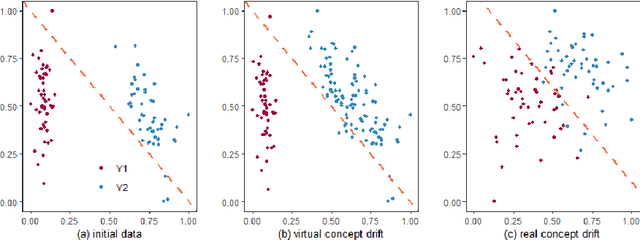
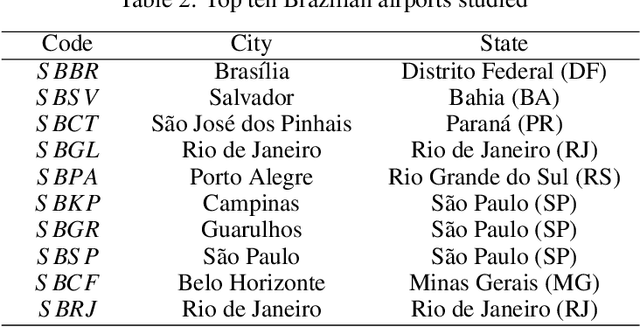
Abstract:Flight delays impose challenges that impact any flight transportation system. Predicting when they are going to occur is an important way to mitigate this issue. However, the behavior of the flight delay system varies through time. This phenomenon is known in predictive analytics as concept drift. This paper investigates the prediction performance of different drift handling strategies in aviation under different scales (models trained from flights related to a single airport or the entire flight system). Specifically, two research questions were proposed and answered: (i) How do drift handling strategies influence the prediction performance of delays? (ii) Do different scales change the results of drift handling strategies? In our analysis, drift handling strategies are relevant, and their impacts vary according to scale and machine learning models used.
DJEnsemble: On the Selection of a Disjoint Ensemble of Deep Learning Black-Box Spatio-temporal Models
May 25, 2020



Abstract:In this paper, we present a cost-based approach for the automatic selection and allocation of a disjoint ensemble of black-box predictors to answer predictive spatio-temporal queries. Our approach is divided into two parts -- offline and online. During the offline part, we preprocess the predictive domain data -- transforming it into a regular grid -- and the black-box models -- computing their spatio-temporal learning function. In the online part, we compute a DJEnsemble plan which minimizes a multivariate cost function based on estimates for the prediction error and the execution cost -- producing a model spatial allocation matrix -- and run the optimal ensemble plan. We conduct a set of extensive experiments that evaluate the DJEnsemble approach and highlight its efficiency. We show that our cost model produces plans with performance close to the actual best plan. When compared against the traditional ensemble approach, DJEnsemble achieves up to $4X$ improvement in execution time and almost $9X$ improvement in prediction accuracy. To the best of our knowledge, this is the first work to solve the problem of optimizing the allocation of black-box models to answer predictive spatio-temporal queries.
STConvS2S: Spatiotemporal Convolutional Sequence to Sequence Network for Weather Forecasting
Dec 16, 2019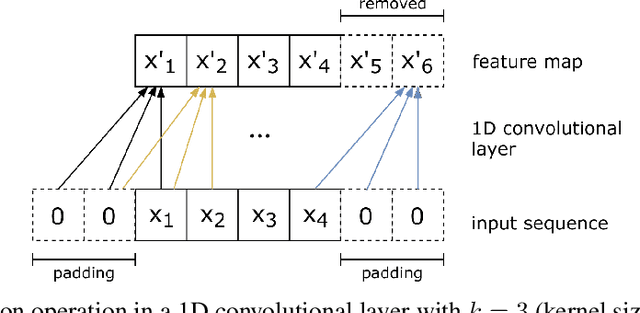

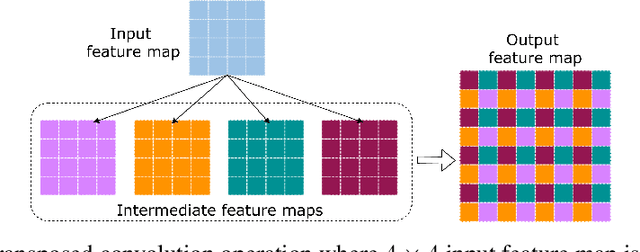
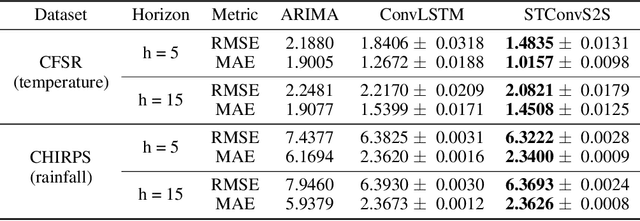
Abstract:Applying machine learning models to meteorological data brings many opportunities to the Geosciences field, such as predicting future weather conditions more accurately. In recent years, modeling meteorological data with deep neural networks has become a relevant area of investigation. These works apply either recurrent neural networks (RNNs) or some hybrid approach mixing RNNs and convolutional neural networks (CNNs). In this work, we propose STConvS2S (short for Spatiotemporal Convolutional Sequence to Sequence Network), a new deep learning architecture built for learning both spatial and temporal data dependencies in weather data, using fully convolutional layers. Computational experiments using observations of air temperature and rainfall show that our architecture captures spatiotemporal context and outperforms baseline models and the state-of-art architecture for weather forecasting task.
 Add to Chrome
Add to Chrome Add to Firefox
Add to Firefox Add to Edge
Add to Edge